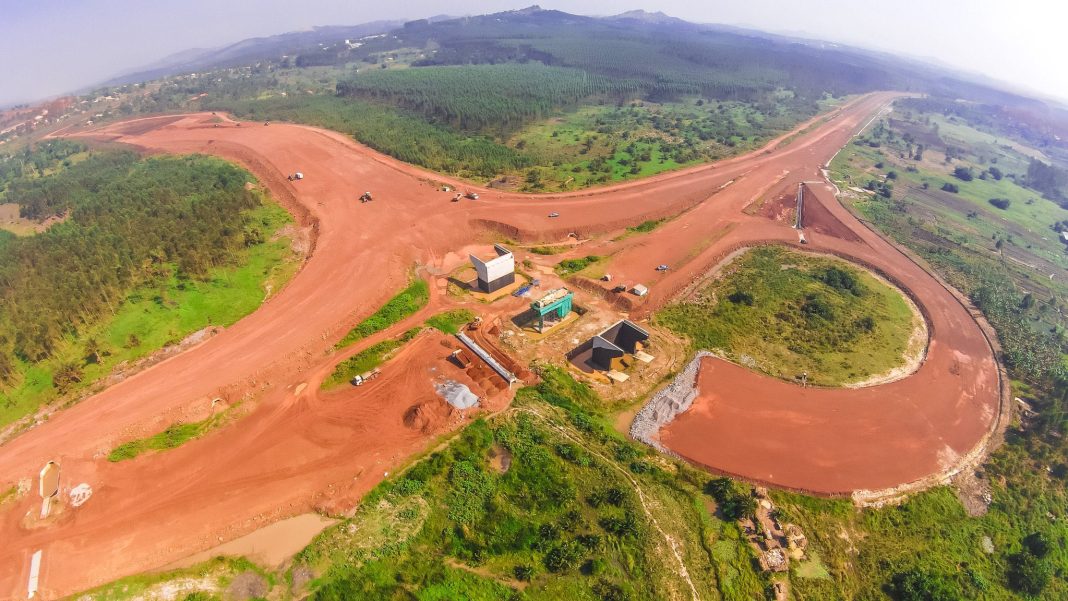The Ministry of Works and Transport has addressed public concerns over delays in the Busega–Mpigi Expressway project, which was initially expected to be completed two years ago but has now been extended to 2027.
The delay is attributed to several factors, including:
- COVID-19 Impacts: The pandemic significantly disrupted the construction sector and broader economy.
- Land Acquisition Challenges: Issues like protracted negotiations, disputes over property ownership, and cultural sensitivities, such as the case of the Nabukalu tree considered spiritually significant, caused delays.
- Redesign and Funding Gaps: The project underwent redesigns to reduce costs and minimize the impact on settlements, further delaying progress.
Despite these challenges, the government has implemented mitigation measures, resulting in steady progress. Physical completion currently stands at 46%, with over 90% of affected persons along the main expressway alignment compensated for their properties.
The expressway follows a greenfield route, often away from visible areas, which has led to misconceptions about the level of progress.
Project Scope
The Busega–Mpigi Expressway will include:
- A four-lane dual carriageway
- 13 bridges totaling 709 meters
- Four interchanges
- Four toll plazas
- 21.3 km of new link roads connecting areas like Katende, Bujuuko, Kyengera, Lungala, and Mpigi
Current activities include swamp treatment, earthworks, and construction of bridge superstructures, with all bridges now above foundation level.
This expressway, part of Uganda’s proposed expressway network, aims to ease transportation constraints and enhance connectivity in the region. The Ministry assures the public of its commitment to delivering the project despite the hurdles faced.






















